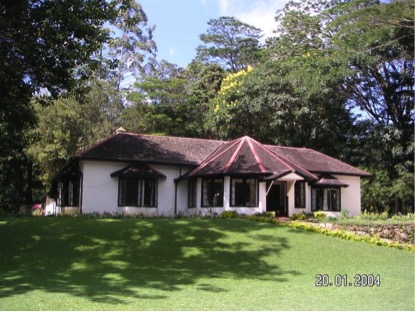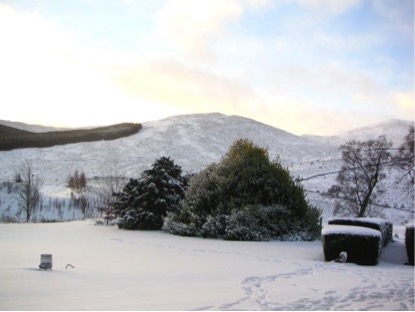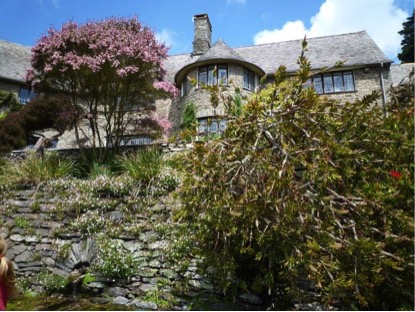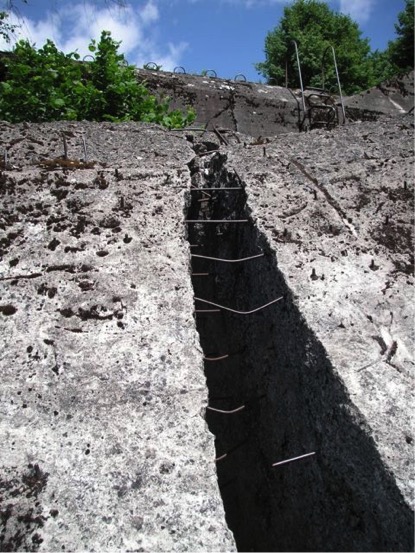Choosing a Setting
It is the task of the writer to create a world for the reader to live in, to immerse herself in. It makes no difference whether that’s an imaginary world (Westeros in ‘Game Of Thrones’, Middle Earth in ‘Lord Of The Rings’) or a re-creation of a real one (the Tudor England of Hilary Mantel). The setting must convince and nourish so that it allows the reader to believe in the characters and the plot.
My novels always take place in the past, so my interpretation of it must be accurate and plausible. Much of my work is set in the south of England – Hampshire, Wiltshire, Devon, Cornwall – where I grew up and holidayed, or East Anglia, where I’ve lived for more than thirty-five years. I’m most at home in these places; they are a part of me and I love them and so I write about them.
When I’m reading a novel, its setting is at least as important to me – and now and then more so – as the plot. The plot makes the pages turn, but the setting gives atmosphere, flavour and interest. As I develop an outline, a story becomes linked with a particular landscape. ‘One Last Dance’ is a stormy, sea-tossed sort of book. ‘The Jeweller’s Wife’ is a marshy one. The central image of ‘Before the Storm’ is that of the river running into the sea, at first clashing and fighting, and then mingling together.
My characters are products of the landscape in which they live, which shapes and forms them. It intensifies their emotions and the conflicts in their lives. Sometimes they are trapped by their surroundings and sometimes they are given solace. The shifting, changeable Blackwater estuary reflects the deceptions and disguises that Juliet, in ‘The Jeweller’s Wife’, stumbles across. In ‘A Step In The Dark’, the Scottish highlands, with their impervious and majestic mountains, emphasise Bess’s sense of powerlessness and feeling of being walled off from those she loves most.
The landscape can itself create almost insurmountable difficulties for a character. In ‘One Last Dance’, Devlin struggles to rebuild his ancestral home, Rosindell. He can only escape his memories of his terrible experiences in the Great War by devoting himself to this extraordinarily difficult endeavour. The re-creation of Rosindell is both healing and destructive. It becomes an obsession, leading him to neglect those he loves. Materials must be imported at great expense to Rosindell’s remote site on the Kingswear peninsular, where isolation makes it easier for Bonnie to wreak her vengeance. Devlin needs the solitariness of his home but is almost destroyed by it.
The landscape can seem to offer permanence, but that’s always an illusion, because everything changes: gardens become overgrown, a forest can be felled to matchwood by a storm, sands and marshland washed away and the path of a river altered. Some characters find the needs and demands of other people exhausting and depleting, and retreat to solitude. For others, going to live in a remote place allows them to take control of their own lives… or the lives of those around them. Towards the end of ‘The Dark-Eyed Girls’, Liv chooses to live in the city, in London. She needs people, neighbours, company, after escaping the threat and darkness of her husband’s experiment in living.
The countryside has always offered people the opportunity to try out unconventional ways of living – think of Charleston in Sussex, the home of Vanessa Bell, Clive Bell and Duncan Grant. Or Ham Spray House in Wiltshire, where Dora Carrington, Lytton Strachey and Ralph Partridge set up their ménage à trois. The early decades of the twentieth century was a particularly fertile era for experimentation. Find your farmhouse in the middle of nowhere and with a bit of luck the neighbours won’t notice the goings-on. At a time when homosexuality was illegal and sex outside marriage was frowned on, geographical remoteness could offer liberation.
Houses that have been in the same family for centuries create their own obligations. They give you roots, but they also restrict your choices. The heir to a house, a fortune and a history can find himself trapped by obligations. Those characters who start with nothing can be freer. In ‘Before The Storm’, Isabel creates her own destiny, as does Bess in ‘A Step In The Dark’. Whereas Devlin is bound by his attachment to Rosindell.
I’ve included European and American settings in many of my novels. I’ve always felt European to the core, and I love the fact that from where I live a short flight or train journey will take me to a city or country so different to my own. More recently, since my eldest son and his family went to live in San Francisco, I’ve been lucky enough to have become acquainted with a small part of America. Sometimes living on an island – even one as large as the British mainland – can feel claustrophobic, limited by its moat of sea. Sometimes I long to escape to a larger world, where I can move between countries simply by driving along a road or taking a train. Europe’s culture and history holds fathomless riches. But I’ve also come to admire the verve and energy of America, along with the drama and variety of its natural world.
I always try to visit the landscapes and countries I write about. Sometimes life intrudes – the demands of family, health problems or time constraints, or an unfavourable political situation in the country I’m writing about – make it impossible, and I have to rely on research. But I prefer to see in my mind’s eye the landscape that my characters inhabit, and to form my own impressions of the place. If I’m setting part of a novel in another country I tend to write from the point of an Englishman or woman abroad. I give an outsider’s point of view. Through travelling, a character can find herself in a place that heals or nourishes or alarms or oppresses.

During the thirty years in which I’ve been researching my novels, I’ve visited some wonderful places. Standouts include the hilly interior of Sri Lanka for ‘All My Sisters’, where we stayed in a tea-planter’s bungalow.

I also loved Perthshire in the Scottish highlands, where we were fortunate enough to experience a snowy Hogmanay.

Coleton Fishacre on the south Devon coast is a wonderful house in an equally wonderful setting, and was the inspiration for Rosindell in ‘One Last Dance.’

Eight years ago, I travelled to Poland to research settings for ‘The Heart Of The Night’. My travels took me to places I’d only read about in history books – the forest site of Hitler’s wartime HQ, the Wolf’s Lair, the Masurian Lakes and the Baltic coast and Gdansk. It was a moving and extraordinary experience.
Visiting a new place often sparks off an idea for a novel. Inspiration comes when the mind is relaxed enough to wander yet stimulated by new discoveries and experiences. Though the novel I’m presently working on takes place in Sussex, London and Spain, one of the strands of the plot came to me while I was in Essex, researching ‘The Jeweller’s Wife’. One evening, we were driving from Maldon along a quiet road that led eastward to where the land dissolves slowly and steadily into the North Sea. The chapel of St-Peter-on-the-Wall is one of the oldest buildings in the country, and was constructed around AD 660-662 on the ruins of the abandoned Roman fort of Othona. Beyond it, there is only sand and marshland and shell beach and the grey sea and grey skies.
The light faded; on the road home, we drove past two houses. One was much larger than its close neighbour, and both were isolated from any village or hamlet. They sparked the beginnings of an idea, which grew until eventually I was able to incorporated it into the novel on which I’m currently working. I’ll alter the landscape that surrounds them, but the two houses remain.
After a traumatic couple of years, my heroine retreats to the isolation of the house that her father built. Because it’s surrounded by woodland, her view is blocked and her horizons limited. She can’t see clearly. So there’s always the possibility that something is hidden behind the trees. Something menacing, that may twist the course of her life.